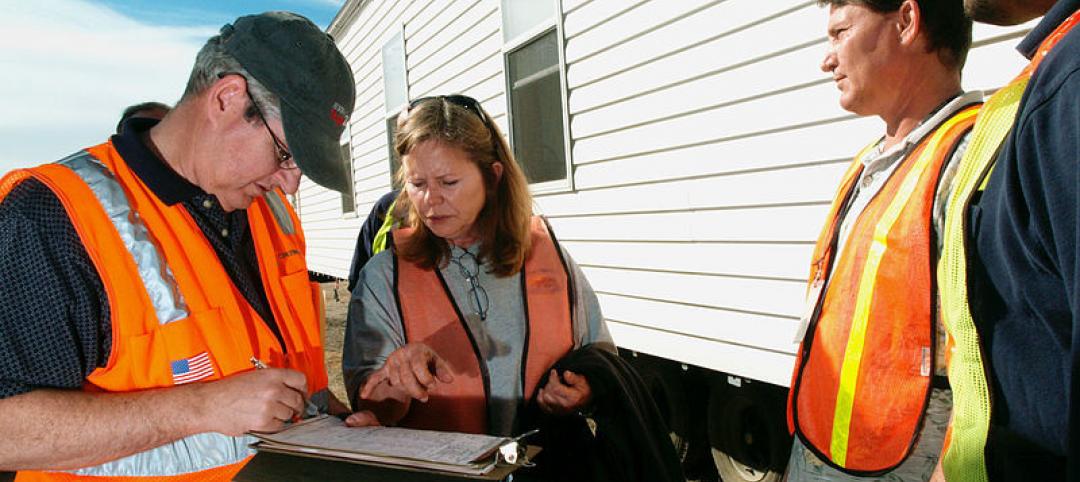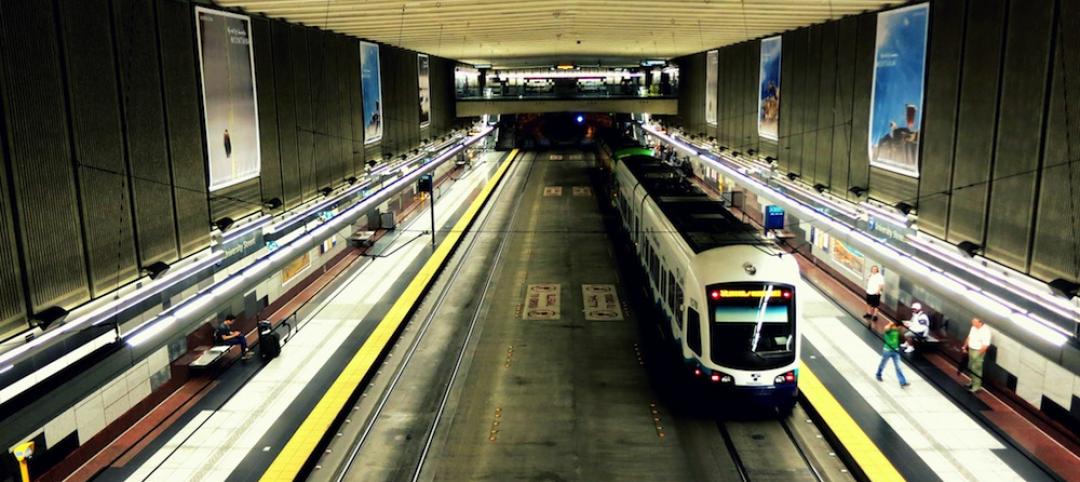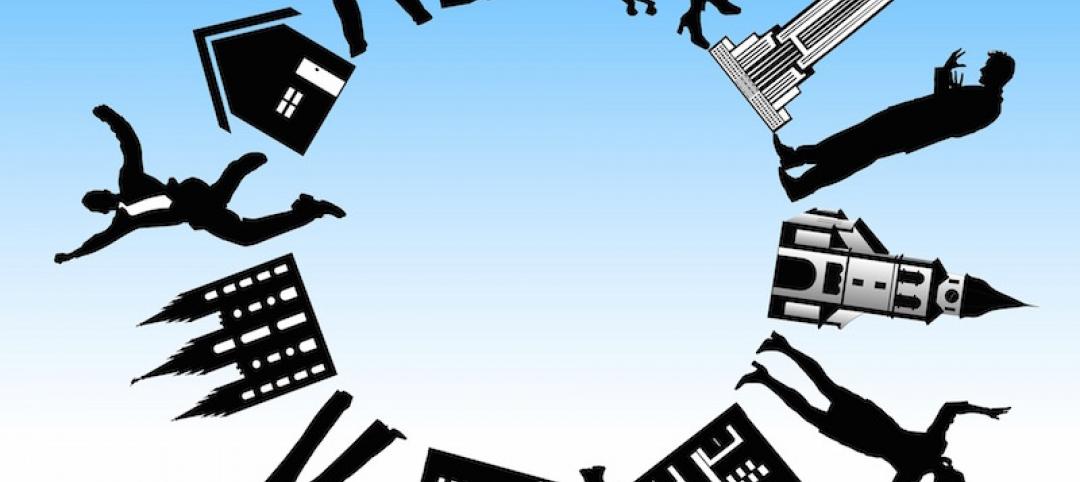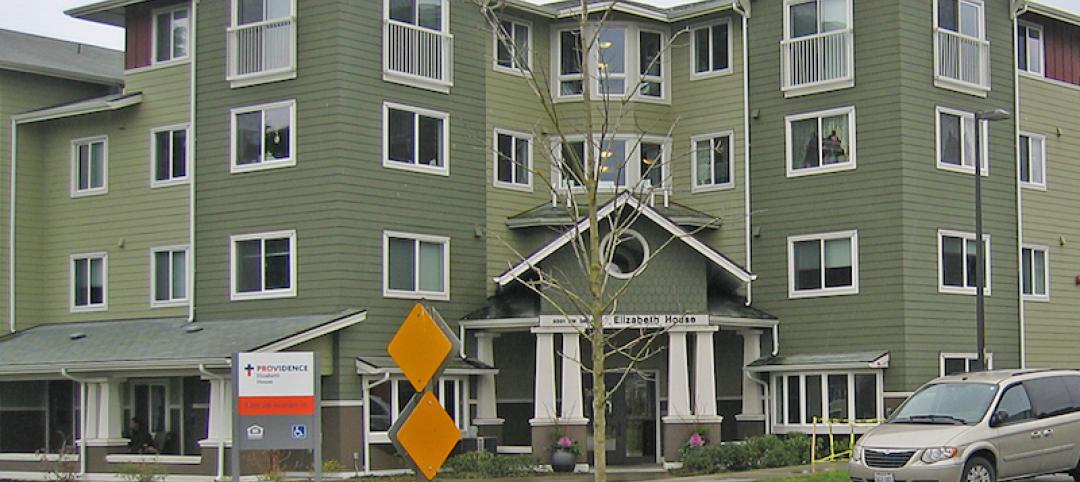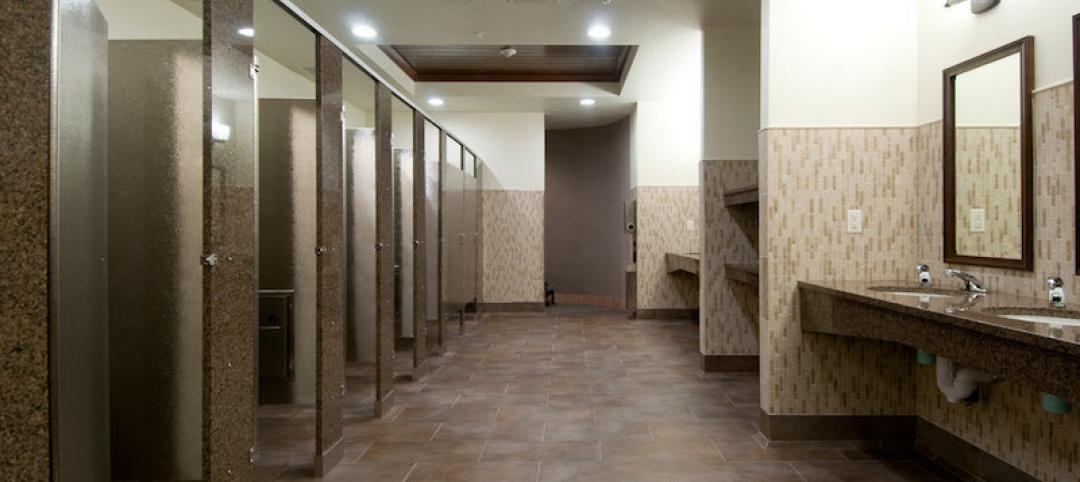The recently released International Construction Costs report, published by Arcadis, details the relative cost of building in 44 of the world’s major cities across 13 building types.
As part of the report, the top 10 most expensive cities in the world to build in are outlined, and a U.S. city is at the top of the list. New York led the way among all cities for construction costs, according to the report.
“New York rises to the top globally once again due to a lack of real estate availability, accessibility issues, and high real estate prices,” says David Hudd, Arcadis Cost and Commercial Director, in a release. ‘To build in such a dense urban environment like New York City, you must find solutions to control costs, such as expertly handling storage, transport and staging of building materials, identifying skilled construction firms and labor far in advance, and implementing modularized construction.”
New York isn’t showing any signs of slowing down either in terms of construction costs. The city is expected to remain the most expensive to build in into 2017 and beyond as large-scale construction projects and international investors drive development. The Big Apple is almost 50% more expensive to build in than the national average and is even 20% higher than other major and expensive cities such as Chicago, Los Angeles, Seattle, and Boston.
For the U.S., San Francisco is the second most expensive city to build in because of its cramped environment, rigorous seismic requirements, and competition for contractors.
In terms of worldwide construction costs, Hong Kong is in second place, followed by Geneva, London, and Macau. The entire top 10 list is as follows:
- New York
- Hong Kong
- Geneva
- London
- Macau
- Copenhagen
- Stockholm
- Frankfurt
- Paris
- Vienna
For the full report, click here.
Related Stories
Industry Research | Apr 15, 2016
Commercial construction starts jumped 18% in March
Nonresidential construction has gotten off to a hot start this year and looks to gain even more momentum throughout the spring.
Industry Research | Apr 14, 2016
Contractor confidence down, but not out
Despite a slight regression, nonresidential construction confidence is still in positive territory
Industry Research | Apr 7, 2016
CBRE provides latest insight into healthcare real estate investors’ strategies
Survey respondents are targeting smaller acquisitions, at a time when market cap rates are narrowing for different product types.
Industry Research | Apr 4, 2016
AIA: Public-private partnerships could solve nation’s public infrastructure crisis
A new white paper addresses the nation’s $3 trillion public infrastructure crisis and how public private partnerships offer a possible solution.
Retail Centers | Mar 16, 2016
Food and technology will help tomorrow’s malls survive, says CallisonRTKL
CallisonRTKL foresees future retail centers as hubs with live/work/play components.
Architects | Mar 11, 2016
AIA survey finds many women and minority architects still feeling underrepresented and unfulfilled
Dissatisfaction with “work-life balance” and compensation are cited as reasons why companies’ diversity strategies may be faltering.
Office Buildings | Feb 26, 2016
Benching, desking, and (mostly) paper-free: Report identifies top trends in workplace design for 2016
The report, from Ted Moudis Associates, encompasses over 2.5 million sf of workspace built over the past two years.
Multifamily Housing | Feb 24, 2016
Senior housing sector experiences record-setting year, says CBRE
Senior housing occupancy is at its highest level since 2007, and 2015 was a record year for sales and institutional transactions, according to CBRE.
Industry Research | Feb 22, 2016
8 of the most interesting trends from Gensler’s Design Forecast 2016
Technology is running wild in Gensler’s 2016 forecast, as things like virtual reality, "smart" buildings and products, and fully connected online and offline worlds are making their presence felt throughout many of the future's top trends.
Industry Research | Feb 18, 2016
Public restroom neglect on the rise
Americans are encountering more unkempt restrooms, triggering negative perceptions of businesses, according to a new study.



